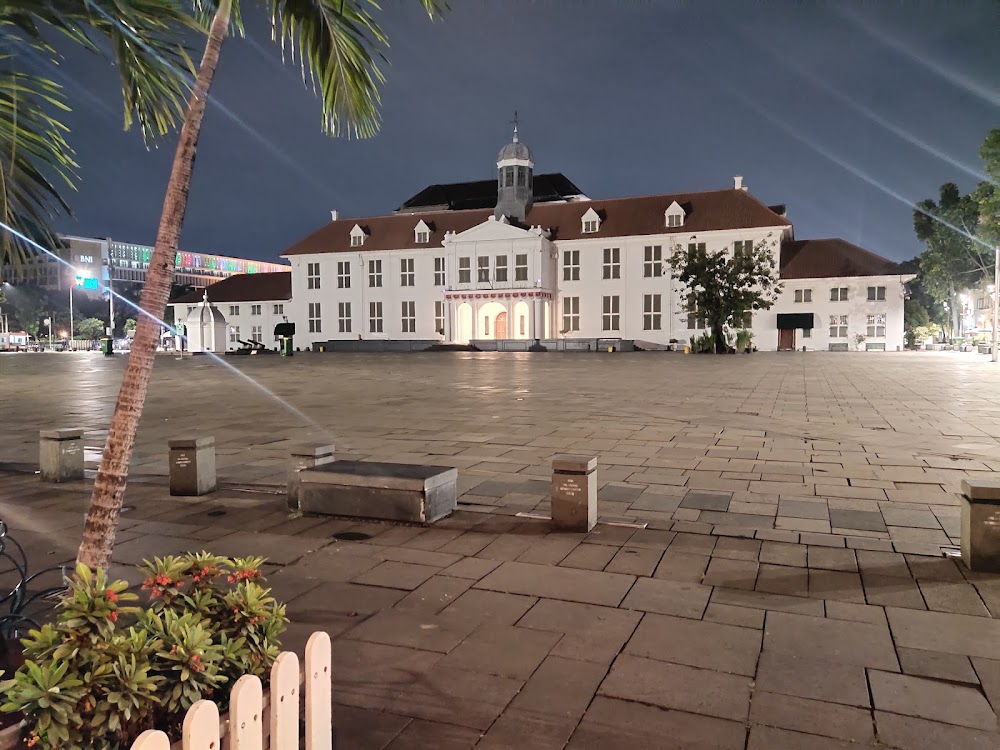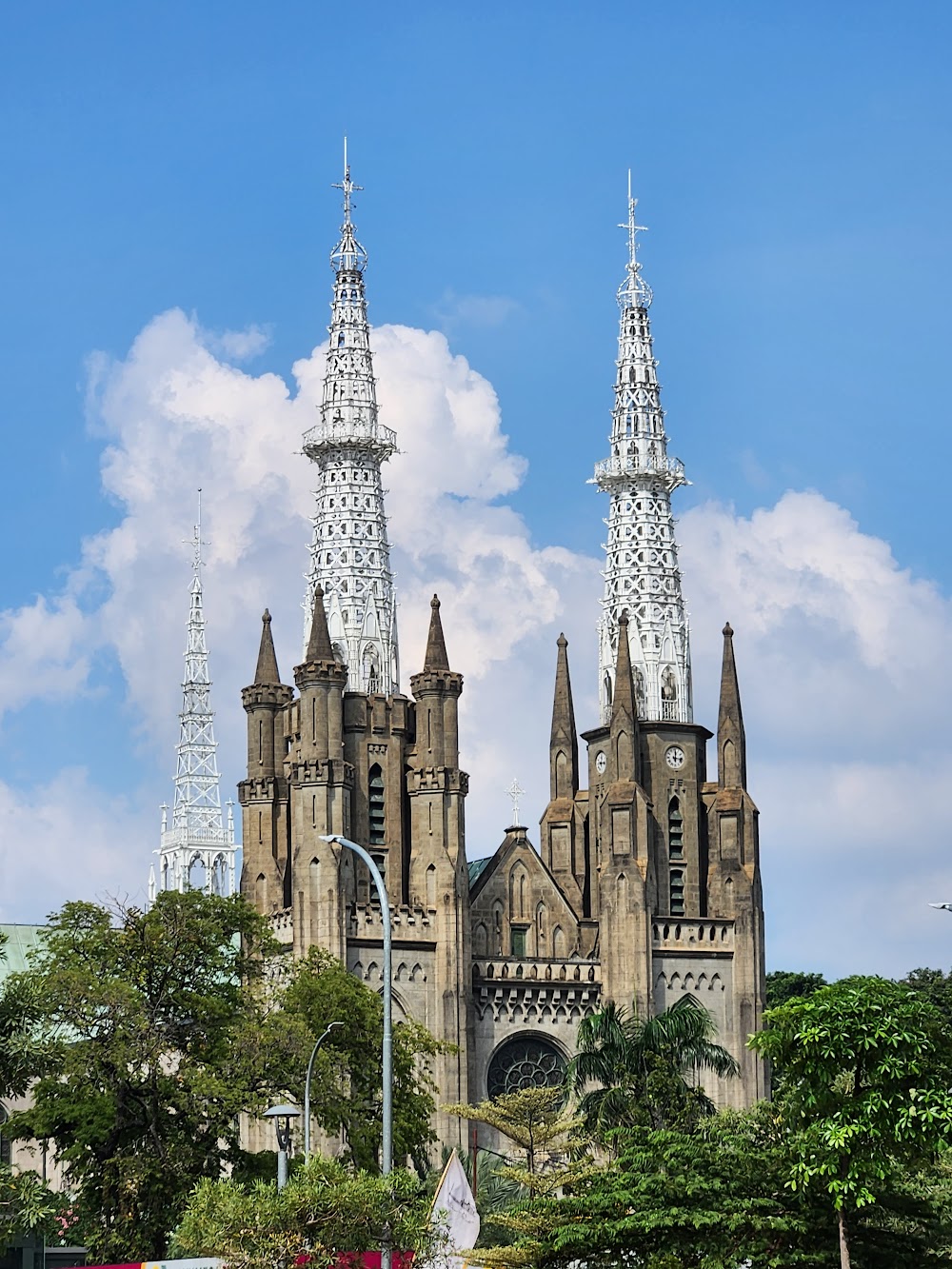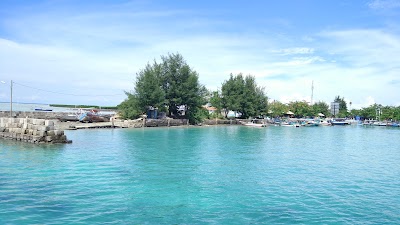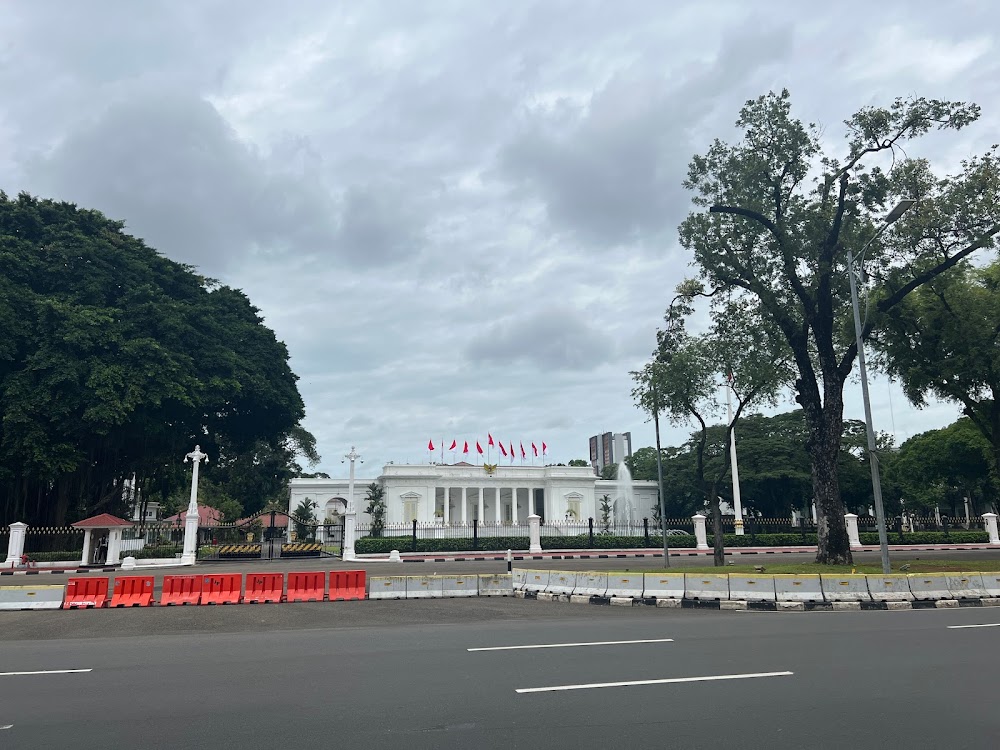National Museum of Indonesia (Museum Nasional Indonesia)
Overview
The National Museum of Indonesia, nestled in the heart of DKI Jakarta, is a treasure trove of knowledge and artifacts that narrates the rich tapestry of Indonesian history. Its origins trace back to 1778 when the Bataviaasch Genootschap van Kunsten en Wetenschappen, a group of Dutch scholars, was established to conduct research and collect items of artistic and scientific significance. This initiative marked the beginning of a journey toward creating a dedicated space for Indonesia’s diverse cultural heritage.
The museum's foundation was laid through the collection of a myriad of artifacts, sourced from various kingdoms and cultures across the Indonesian archipelago. As the collections expanded over the years, the need for a dedicated venue grew increasingly apparent. In 1862, the cornerstone of the museum building was laid, paving the way for a formal institution to house these invaluable items.
Constructed in a neoclassical architectural style, the museum features grand columns and soaring ceilings, reflecting the European designs prevalent during the colonial era. A blend of local and international materials was used to ensure both durability and elegance. The museum officially opened its doors in 1868, celebrated with a series of ceremonial events attended by prominent dignitaries of the time.
Initially named the Museum of the Royal Batavian Society of Arts and Sciences, the institution underwent several name changes before finally becoming the National Museum of Indonesia. It quickly emerged as a pivotal center for the collection, conservation, and exhibition of significant cultural artifacts from across the archipelago, becoming a beacon of Indonesia's heritage.
In the 1970s, recognizing the need for more space, the museum expanded with significant renovations, including the addition of a new wing known as Gedung Arca. This new section was designed to seamlessly integrate with the original structure while offering modern facilities for visitors, ensuring that the museum's mission of education and preservation could continue to thrive.
The museum's collections are organized into several engaging categories:
1. Prehistoric Collection: Showcasing remains from early human habitation in Indonesia.
2. Archaeological Collection: Featuring relics from significant periods, including the Buddhist and Hindu kingdoms.
3. Ethnographic Collection: Highlighting items that represent the rich tapestry of Indonesia's diverse cultures, including traditional attire, weapons, and tools.
4. Historical Relics: Offering insights into the colonial period and Indonesia's journey toward independence.
Among its many treasures, the museum boasts a remarkable collection of ceramics from various Asian countries, underscoring Indonesia's historical role as a vital hub for maritime trade routes. Each collection is meticulously curated to provide educational insights into the nation's vibrant history and culture.
To enhance visitor engagement, the museum has embraced modern technology by incorporating interactive exhibits. Touchscreen information panels and multimedia presentations create a dynamic learning experience, making it accessible for all age groups. Additionally, the museum frequently hosts guided tours, workshops, and temporary exhibitions that spotlight specific themes or newly acquired artifacts.
With a strong commitment to conservation, the National Museum employs specialized staff trained in preserving delicate items. Utilizing both traditional and modern techniques, they ensure the longevity of these artifacts, safeguarding Indonesia’s cultural legacy for future generations.
Throughout its illustrious history, the National Museum of Indonesia has transcended its role as a mere repository of cultural heritage. It serves as a vital institution for promoting historical education and research, playing a crucial part in fostering national identity and pride among Indonesians. Today, the museum stands as a testament to Indonesia's dynamic and diverse history, continually evolving to meet contemporary needs while steadfastly maintaining its foundational mission.









